(1494 products available)











































































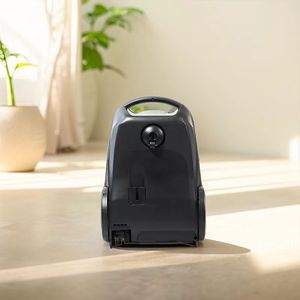











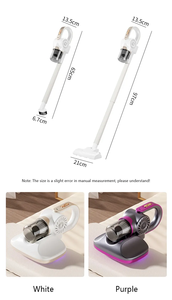

 Ready to Ship
Ready to Ship






























































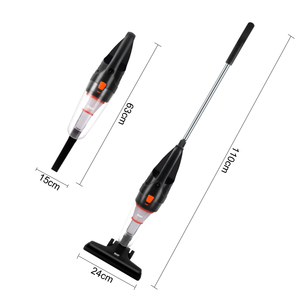







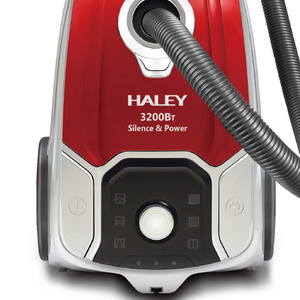





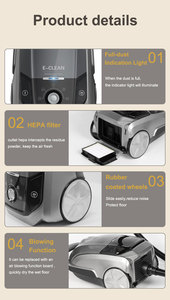





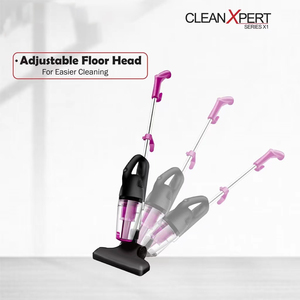



















A big cyclone separator is an industrial application that separates the solid particles present in the gas stream through a method that relies on the centrifugal force. The cyclone separator comprises a coned vertical vessel which rotates the gas stream, thereby forcing the solid substances to get separated from the gas.
A cyclone separator functions in three main stages. In the first stage, the feed enters through the tangential entry in a round shape. The shape causes the gas to rotate in circles, and the force pushes it outwards to the wall. In the second stage, the particles that have been forced to the wall drop down in the hopper because of gravity. In the third stage, the cleaned gas goes out through the exit.
Cyclone separators can be categorized based on the nature of their operation. For example, a dry cyclone separator is the most common device used for separating dust and particles from gas. As its name implies, it operates without using water as a medium. Generally, cleaners or collectors use a bag filter or clean them by using a cyclone. Dry cyclone separators are often the first step in mitigating air pollution.
A wet cyclone separator is somewhat different from a dry cyclone separator. It works similarly by using water to suppress the dust coming from the effluent. As the name suggests, it operates by using water. The water can either be provided from the outside or collected from the dust that falls to the bottom after going through the dry cyclone separator. A wet cyclone separator can either be a scrubber or a separator that collects water at the bottom.
Big cyclone separators can also be categorized based on the direction in which dust-laden air flows. The parallel flow cyclone separator is where the dust-laden air flow in the same direction with the inlet tangentially downwards, and the separated dust comes down. It is simple to device, but the separation is not efficient because the air does not have a good enough path for the particles to get separated.
A contrary flow cyclone separator is the opposite of a parallel flow cyclone in terms of direction. In the contrary cyclone separator, the dust-laden air moves upwards while the separated dust particle goes downwards. Because of the vortex formation, the contrary cyclone separators have more room for the dust particles to get separated.
Cyclone separators can further be classified as single-stage cyclone or multi-stage cyclone. A single-stage cyclone separator is a basic cyclone model. It has one inlet and outlet each. It is a simple construction model that is easy to operate and maintain. However, single-stage cyclone models are not effective in separating fine particles. Multi-stage cyclone separators have more than one cyclone working parallel or series to one another. Most of the time, they are found in a linear series. Cyclone separators of this kind are more effective in treating large volumes of gas streams.
Diameter
The diameter of a big cyclone separator can range from about 100 mm to 250 mm in industrial applications. Bigger diameter cyclones tend to have superior separation efficiencies, particularly for large particles or those presenting high mass.
Lengths
The length of big cyclones can range from about 500 mm to up to about 3000 mm or more depending upon the exact application. Longer cyclones provide additional time for particles to settle out into the collection vessel.
Volume
Based upon the length and diameter, the volume capacity of a big cyclone separator can vary widely. Typical volumes might range from 1 litre to several hundred litres for larger industrial devices.
Vessel Material
Common materials for cyclone separator vessels include mild steel, carbon steel, stainless steel, aluminum, etc. The choice depends on interactions with incoming stream contents. For example, corrosive chemicals would require stainless steel.
Separation Efficiency
Efficiency depends on the inlet velocity and pressure drop across the cyclone. A well-designed cyclone can remove up to 99% of particles larger than 10 microns. Efficiency for smaller particles is lower.
Airflow
Big cyclones handle airflows around 5000 cubic meters per hour or more in industrial settings. Typical inlet duct diameters range from 300 mm to 600 mm or larger. The air velocity inside is usually maintained between 15 to 25 meters per second.
Dust Bag Capacity
Large cyclones may store dust in attached bags or bins. A big cyclone might have a 500-litre bag capacity, for instance, storing 1 ton of dust before needing to be emptied.
Fans/Blowers
Some big cyclones have a central dust removal fan or blower drive. The motor's power rating for such a fan could be around 15 kW, for example, capable of supporting an air volume of 6000 m3/h.
Routine checks can avoid big cyclone maintenance costs. Do these tasks monthly or every two weeks:
Do this comprehensive preventive maintenance every six months or at least annually:
Having the right bagging machine and big cyclone system in place helps businesses streamline their product sorting and packing processes. With such a set-up, here's a shortlist of some of the most common use scenarios for a bagging machine cyclone or a big cyclone machine in the industry:
Choosing the right big cyclone for a specific setup or application involves understanding requirements and considering various factors. Here are some important things to consider when selecting a big cyclone:
Industry and Application:
Identifying the industry and application is important before selecting a big cyclone. Different industries may have distinct needs, such as handling specific materials or adapting to particular working environments. Moreover, various applications could necessitate varying sizes and configurations of cyclones to meet optimal operational demands.
Material:
For durability and performance, one must ensure that the big cyclone's construction materials align with its intended application, considering factors like compatibility with substances or adherence to industry standards regarding certain designated materials.
Filtration Efficiency:
Choosing a big cyclone with the appropriate filtration efficiency is crucial to ensure dust and particle separation as required. Doing so helps maintain air quality standards while also protecting both human health and equipment functionality from any potential adverse effects caused by those particles.
Airflow Capacity:
When selecting a big cyclone, it is essential to consider its airflow capacity in order to meet specific system requirements. The chosen cyclone should be able to handle the required volume of airflow effectively, thereby ensuring optimal performance and compatibility within the overall system setup.
Q1: What is a cyclone separator bigger size used for in industrial applications?
A1: Big cyclone separators play a crucial role in various industries. They're used in the food industry to keep the air clean as it moves through equipment. In chemical factories, they separate unwanted materials from gases or liquids, ensuring product purity. Power plants use big cyclones to catch ash from smoke before it's released, protecting the environment. In the oil industry, they help remove water and solid particles from oil. Overall, big cyclone separators enhance product quality and help maintain a cleaner environment.
Q2: What is the separator's efficiency in a big cyclone?
A2: The efficiency of a big cyclone separator typically varies based on some factors, including its design, dimensions, the nature of the material being separated, the density of the particles, and the flow rate. Nevertheless, on average, the efficiency can range from 60% to 90% for larger cyclones.
Q3: Do big cyclone separators require maintenance?
A3: Yes, big cyclone separators need maintenance. They require regular checks to ensure there are no blockages and that the seals are intact. Periodic cleaning prevents build-up and maintains efficiency. Inspecting components helps identify wear that may require repairs. Cyclones should be part of a scheduled preventative maintenance routine for associated equipment.